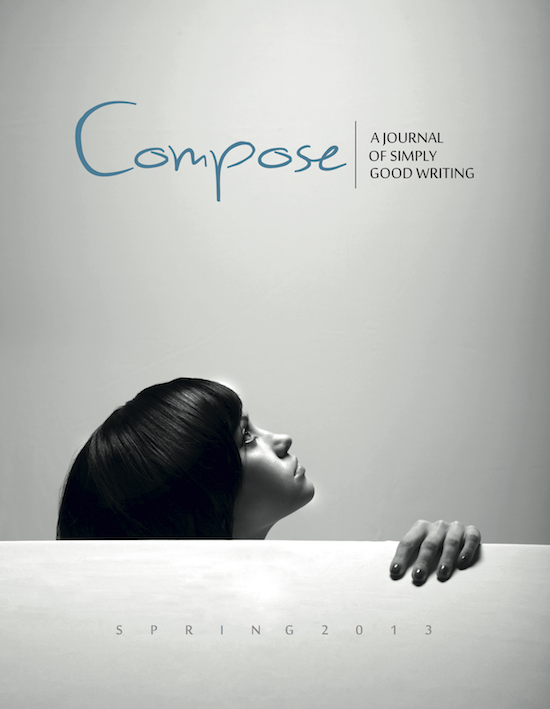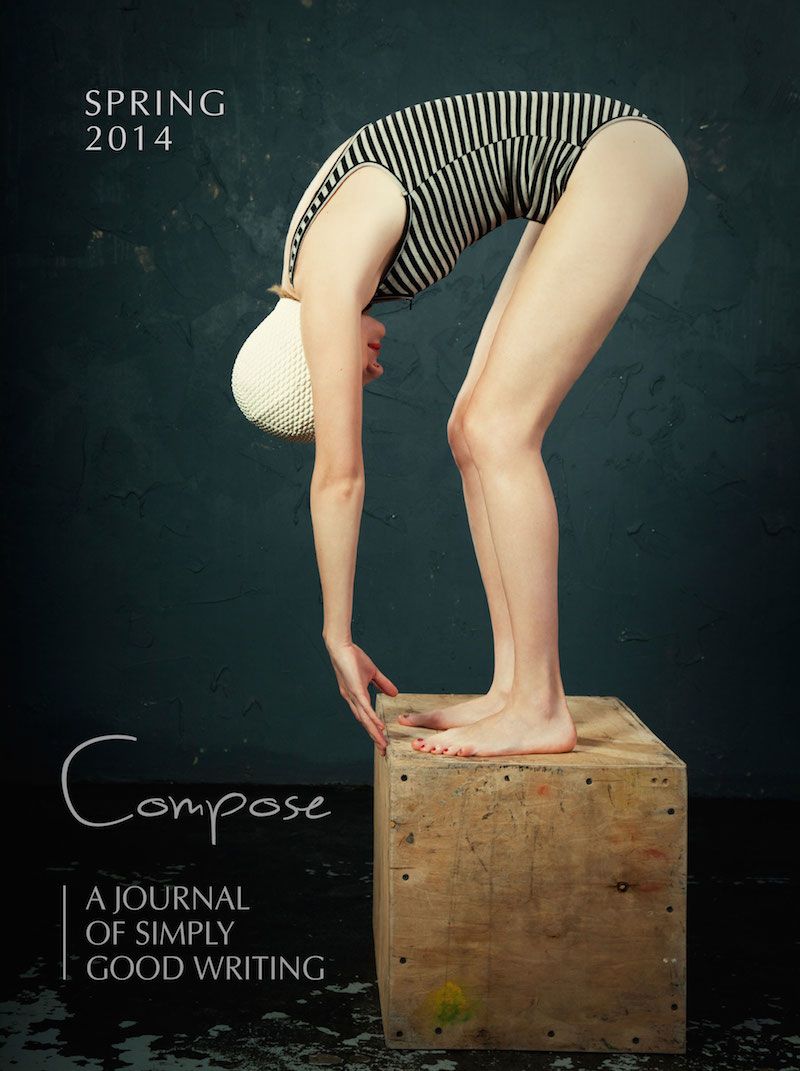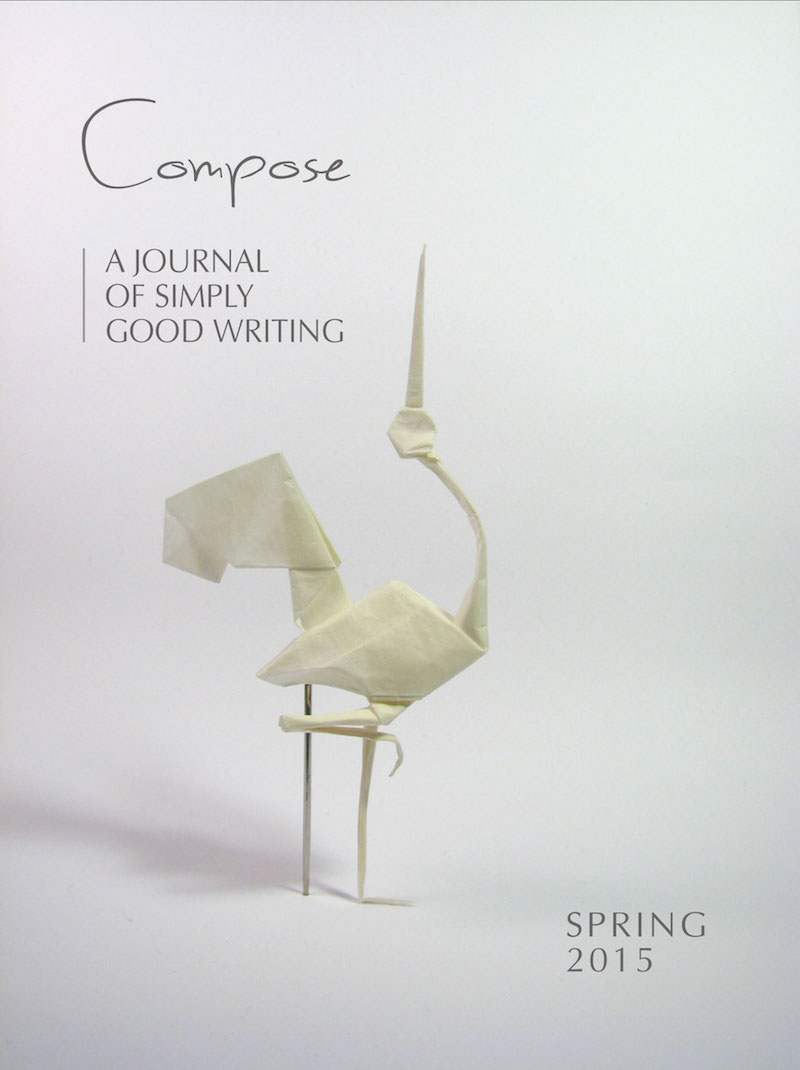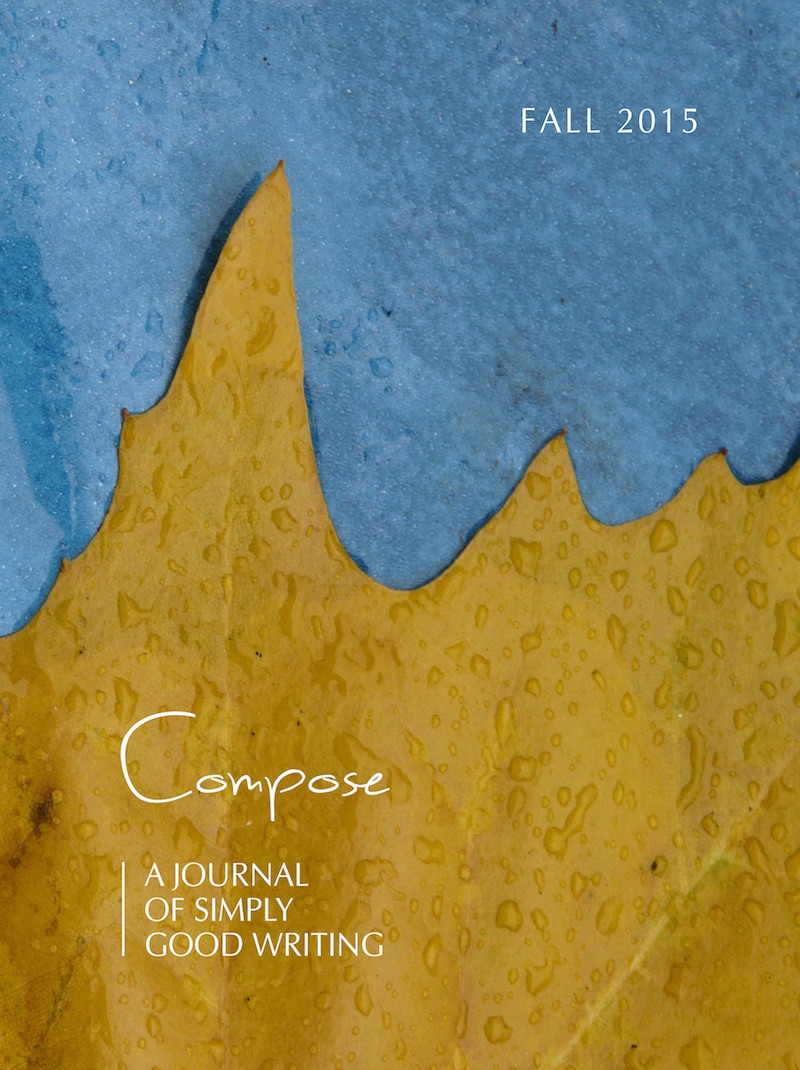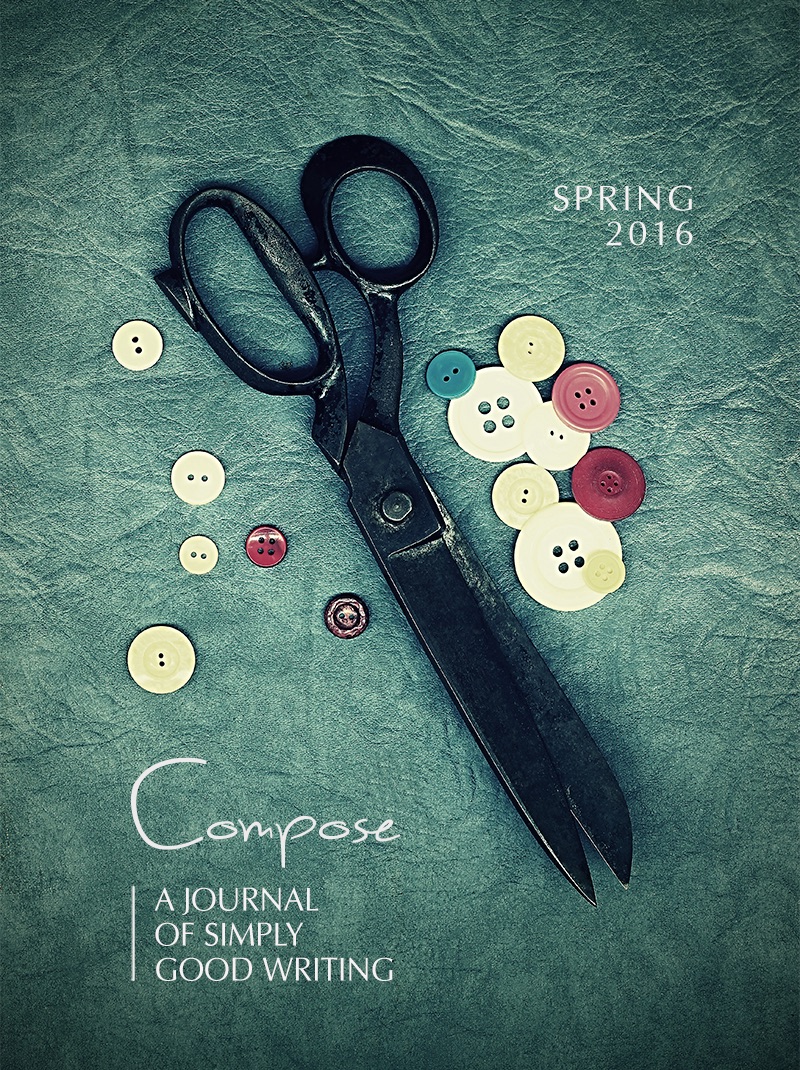La Viuda—The Widow
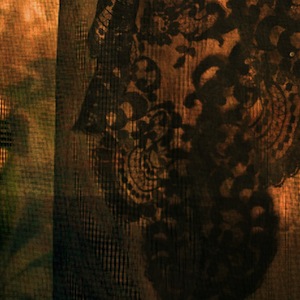
On the kitchen table of our family home in Nogales, Arizona, was a permanent centerpiece: a bottle of tequila with a picture of a beautiful white-skinned woman wearing a black lace mantilla—La Viuda de Martinez, the name of the tequila. I was in the third or fourth grade when I first started noticing the bottle. I would sit and stare at the bottle, at the picture of the widow on it, because it made me think of Mamachelo, my father’s oldest sister and the matriarch of the family.
Mamachelo was widowed when my Uncle Salvador died of a heart attack. She was forty-five years old then, and I don’t remember much about my uncle except that he worked at the bank, came home for lunch every day, and had a kind, deep voice. What I do remember, vividly, was Mamachelo and her house by the Cathedral in Guaymas, Sonora, Mexico. The house was Mamachelo personified: expansive, interesting, and always busy. She was beautiful and smelled so good you didn’t want to leave her side.
She wrote: Consuelo Matiella, Viuda de Martinez; her new status as “the widow of Martinez” so present in her life, affirmed every time she signed her name.
Once, after my uncle’s death when she was still wearing black, I saw Mamachelo sign a document that had been brought over from the bank. She wrote: Consuelo Matiella, Viuda de Martinez; her new status as “the widow of Martinez” so present in her life, affirmed every time she signed her name. When I saw Viuda de Martinez, I thought about the beautiful lady on my father’s tequila bottle and how she had the dignified and wise look that Mamachelo now wore with such confidence.
My relatives say Mamachelo never wanted to marry again, and as a child, I wondered why this beautiful, regal, intelligent woman with so much love to give, would not want to marry again. I asked my mother, who was married to a man who loved tequila more than he loved her, and she said, “Why should she want to get married again? Look at all she has.”
My uncle had left Mamachelo some money, but she also ran two businesses of her own, a restaurant and a curio shop she called Consuelo’s. My mother went on with admiration and, perhaps, envy. “She doesn’t need anything. She can devote herself to her businesses and her grandchildren. She has perfected the art of being a dueña to her granddaughters when being a dueña is a dying art. But most importantly,” my mother said, “she has her freedom, and why,” my mother asked me with the assurance that at my age I should know the importance of such a question, “would she ever want to give that up?”
From my mother’s perspective, I understood that being the widow of an honorable man was an almost-enviable status. Seniority, respect, position, suffering and overcoming loss, were all highly valued accomplishments for a woman in Mexican society. “No,” my mother said, “she would be foolish to marry again.”
Not satisfied, I approached my aunt myself when I was about fifteen years old. “Mamachelo, would you like to get married again?” And she said, “No, dear, I like to travel alone.”
Much later, I realized that it was widowhood itself that enabled my aunt to live as an independent woman.
She had other prospects. My mother was fond of retelling the story about the retired gringo Admiral living in Guaymas, socializing in the same circles as Mamachelo. He escorted her to several functions, such as Lion’s Club dinners and orphanage inaugurations, and apparently fell in love with her. When he proposed, she was flattered. Here was a good and honorable man and if she was going to consider remarrying, he would have been suitable. But as the story goes, in the same breath with “Will you marry me?” he also declared that he was tired of being alone, was not getting any younger, and eventually would need someone to take care of him.
Mamachelo politely declined.
She was a widow, Viuda de Martinez. A widow had respect, a protected place next to an honorable dead man’s memory, and the freedom to, as she had once described it, “travel alone”.
*
When my husband of twenty-five years left me, I was grief-stricken and felt amputated, like I had lost a limb. Shopping one day for no particular reason except to ignore the hole inside, I went to my favorite Mexican folk art store. Ever since Mamachelo’s curio shop, I have always found comfort among clay figurines and embroidered tablecloths. I came across a clay figurine by one of the Aguilar sisters from Oaxaca, of a man lying on the floor with his hands folded over his chest. A woman, presumably his bereaved wife, lay her head over him and wept. He was dead; she was a widow; I was envious.
How much better it would have been, I reasoned, if Art had simply died. I stood mesmerized by the widow and her dead husband, and fantasized. Art had life insurance and I would have been the beneficiary. With $500,000 I could pull my daughter out of school, homeschool her myself, buy fabulous black clothing, and travel around the world as in a Henry James novel. I would not travel alone, exactly: the widow Naegelin would be accompanied by her budding beauty of a daughter. What adventures we could have! An expansive old villa in Tuscany with a servant named Enzo? A cute little bungalow on the beach in Andalucía? At the end of our stay at each of these fabulous places, I would sign my name: Ana Consuelo Matiella, Viuda de Naegelin. Then off we would rush with our steamer trunks to a waiting car, ready to take us to the next cruise ship.
We would lick our wounds, in style, on the Mediterranean. We would write post cards from exotic places. We would remember how funny my poor departed husband was, or how charming he was, or the time he lost his temper because the lines to the ferry were too long. And I would tell my daughter about the first time we went to a formal dance, and what I wore, and the first time he told me he loved me, and all the pet names he had for her when she was a baby, and how good he was at changing diapers. And all the anger and resentment, the years of broken promises, would boil down to the essence of a good husband. Death eventually heals all wounds.
When I come out of my fantasy, I am still looking at the figurine of the widow and her dead husband. I buy it. At home, I lay it on a table, and light two candles, one on each side. Then, I call my travel agent and book us a trip to Spain. It will be too hot for black in Spain in the summer so I pack white linen instead.


